TFT Bringing back Old Sets
During the TFT Vegas Open, Riot unveiled a 2024 TFT Roadmap, teasing things like Set 11 and Set 12. However, the big news is that coming in January, TFT will be releasing a “Set Revival.”
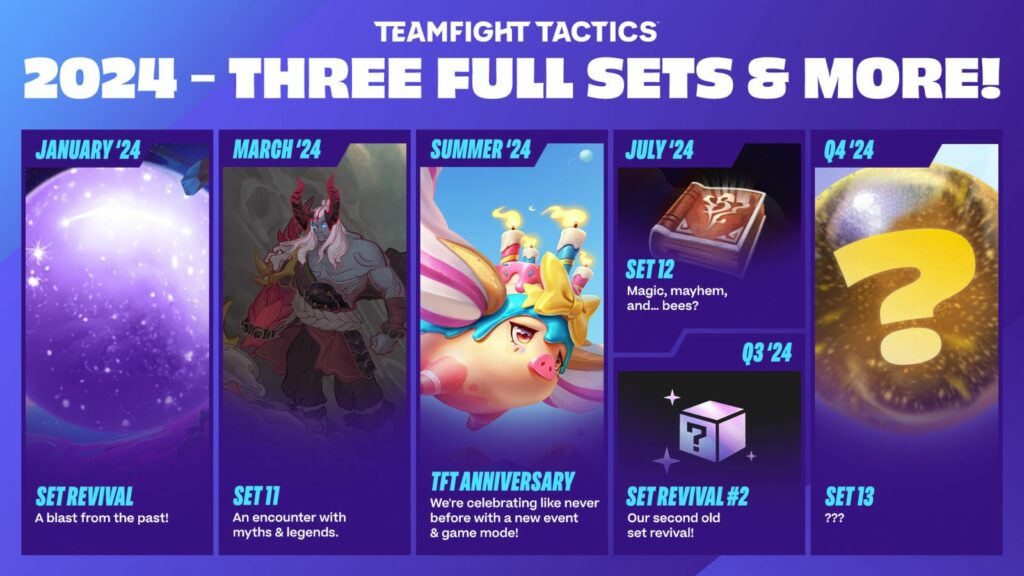
This Set Revival will bring back old sets and allow players to experience a blast from the past. If you started playing TFT more recently, this will give you a chance to experience the sets for the first time.
TFT Set 3.5 Galaxies: Return to the Stars Revival
TFT will be releasing their first Set Revival with Set 3.5: Return to the Stars. This game mode will be temporary and will run from January 24th (Patch 14.2) to March 19th (Patch 14.4). You can also start playing the Set Revival early on PBE starting on January 11th.
The Set mechanic from Set 3.5 was Galaxies, a mechanic similar to that of Portals from Set 9 and 10. Since the mechanic is quite similar, players won’t need much time to adjust. I will be referring to this revival as Set 3.5R.

With Set 3.5R coming back, be sure to stay updated on the best comps on our Tier List. It will take time to see how the old comps interact with new things like Augments, but we’ll be sure to update the Tier List as we learn more.
Set Revival Mechanics Update
It was unclear whether Set Revivals would be copy pasted or updated to reflect modern TFT. With Riot’s recent announcement, we now know that the old Set will be updated. This will let players adapt quickly to the reviving set without needing to adapt their game plans. Here’s a rundown of what you can expect:
- Shop Odds are current
- Core Items updated to current
- Leveling costs updated to current
- Augments added to the game
Bag Size Change: There will be one major change from the current game system for 3.5R. Bag Sizes have been increased, resulting in no pivot lobbies. Since 3.5R will be a temporary game mode, the devs want to make sure you’re able to play what you want. This can mean there will lobbies of 8 mech players, but it is what it is.
TFT All Previous Set Mechanics
For a quick reference, here’s a rundown of all the previous sets and mechanics. This can be nice to read to see what possible future Set Revivals can come.
Set 1: Beta
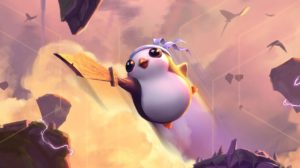
Set 1 was the start of it all, and while there weren’t any special mechanics, there is something to keep in mind.
The board in Set 1 only had three rows rather than the 4 we are used to. If Set 1 returns in the future, it will be interesting to see how things change with a larger board and updated game mechanics.
Set 2: Rise of the Elements

Set 2 is a set that isn’t remembered particularly fondly. While I don’t think the set was bad by any means, there was just more to be desired.
Set Mechanic: Elemental Hexes and Lux
The set mechanic for Set 2 was the Elemental Hexes. Each game, every board would have an elemental hex that would buff up a unit placed on it. This hex had 3 different options and changed positions every game. It’s similar to how Ixtal worked in Set 9.5, but it was active for everybody.
Lux was also a featured unit of the set. She costed 7 Gold instead of the usual 5 for a legendary, and she also had different variations. For example, you might find an Elderwood Lux or a Glacial Lux in your shop. Lux was often the final unit needed to activate the final bonus of a trait, making it quite RNG if you find her or not.
Set 3: Galaxies
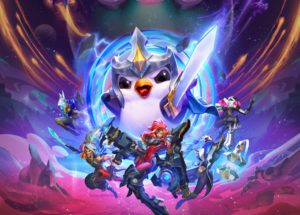
Galaxies was a quite a successful set looking back. The set mechanic added a lot of variety to games, and provided a lot of replay value for the set. The mechanic has even made it’s way back into the game.
Set Mechanic: Galaxies
The Galaxy mechanic in Set 3 is basically the “Portal” effect that we currently have. At the start of the game, you would enter a random Galaxy, adding a special rule to the game. In Set 9 and 10, were able to vote on which Portal to play, but in Galaxies it was random.
Set 4: Fates
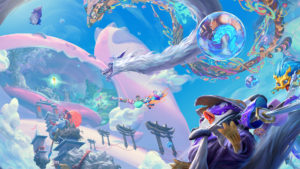
Set 4 brought the Chosen mechanic, which is the predecessor to the current Headliner mechanic we see in Set 10. Chosen is looked back upon fondly by many, but some players also didn’t enjoy the set. I do think it’s possible that Set 4 gets a rerun in the future, as the mechanic is similar to Set 10’s Headliner.
Set Mechanic: Chosen
Chosen is very similar to the Headliner mechanic. As you roll your shop, you would randomly find “Chosen” units. These Chosen units are 2-star in shop and cost their respective amount of Gold. They will also have +1 to one of their traits. The main difference is that there was no guarantee to find a Chosen unit. Also, if you have a Chosen unit already, your shop could not roll another Chosen unit.
It’s possible that if Set 4 comes back, they might make some system changes similar to how Headliners work in Set 10.
Set 5: Reckoning
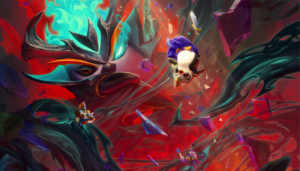
Set 5 was another set that didn’t really hit the ground running. While improvements were made in Set 5.5, it would seem the player base doesn’t look too fondly on Set 5. I don’t expect Set 5 to get a rerun anytime soon, but maybe in the future.
Set Mechanic: Shadow Items and Radiant Items
Set 5 introduced Shadow Items. These items were created with 1 Shadow component and 1 regular component. Every core item in the game had a Shadow variant, which provided a strong effect, but also had a downside. This provided a lot of new items to play around with, but managing downsides wasn’t a fan favorite.
Set 5.5 saw the introduction of Radiant Items. They’re the same Radiant items we have today, albeit with different values. Instead of building Shadow Items, you were given a Radiant Item at the midgame. This Radiant Item is just a juiced up version of regular items.
Set 6: Gizmos & Gadgets
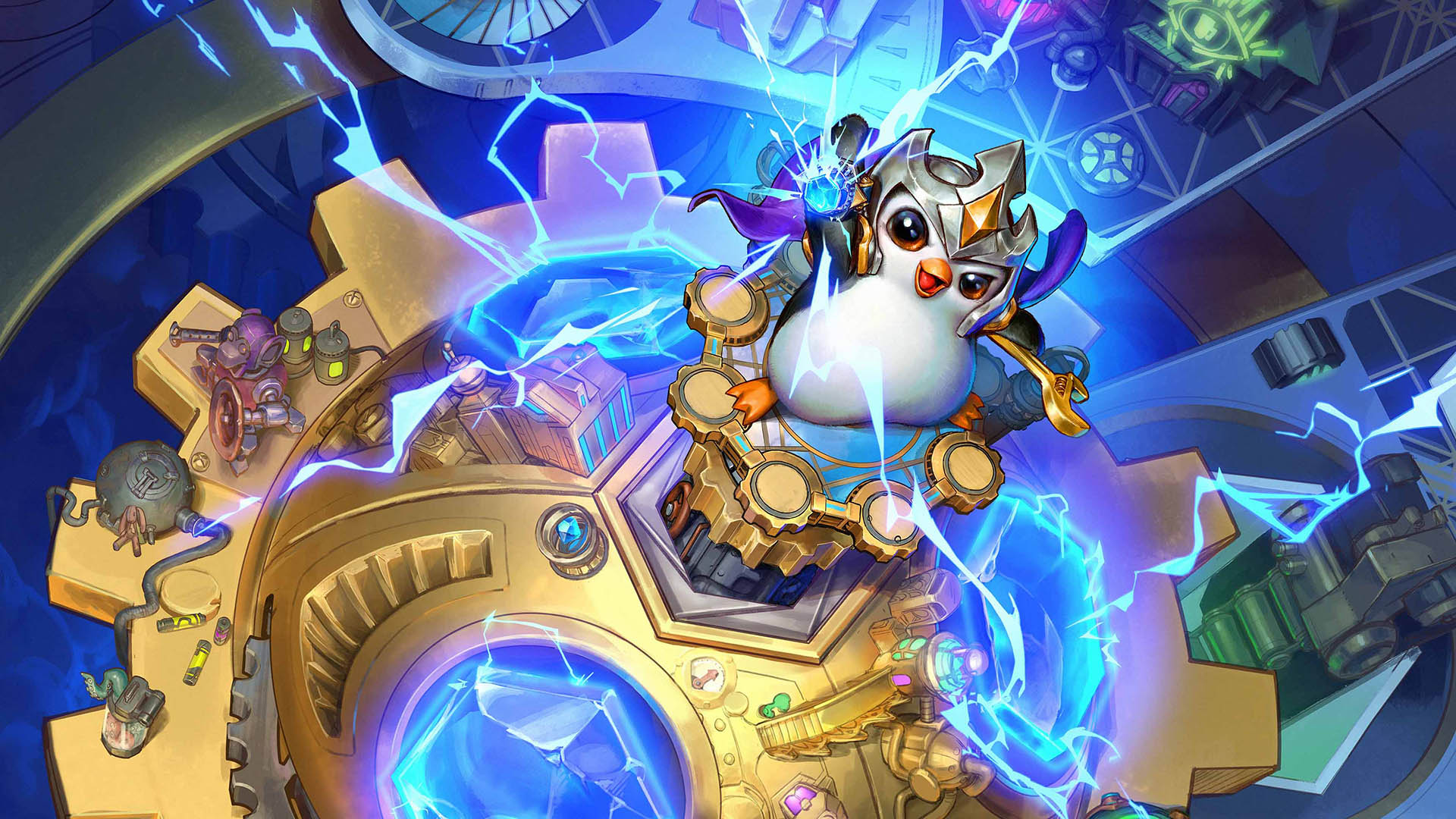
Set 6 was a major success for TFT. It introduced the Augment mechanic that we still see in the game today. As previously stated, I think it’s much too early to bring back Set 6, but anything can happen.
Set Mechanic: Augments
Augments are the same mechanic that we see today. At different stages in the game, you will be given a selection of Augments to choose from. These Augments provide powerful effects to your game by helping your economy or items or board strength.
Set 7: Dragonlands
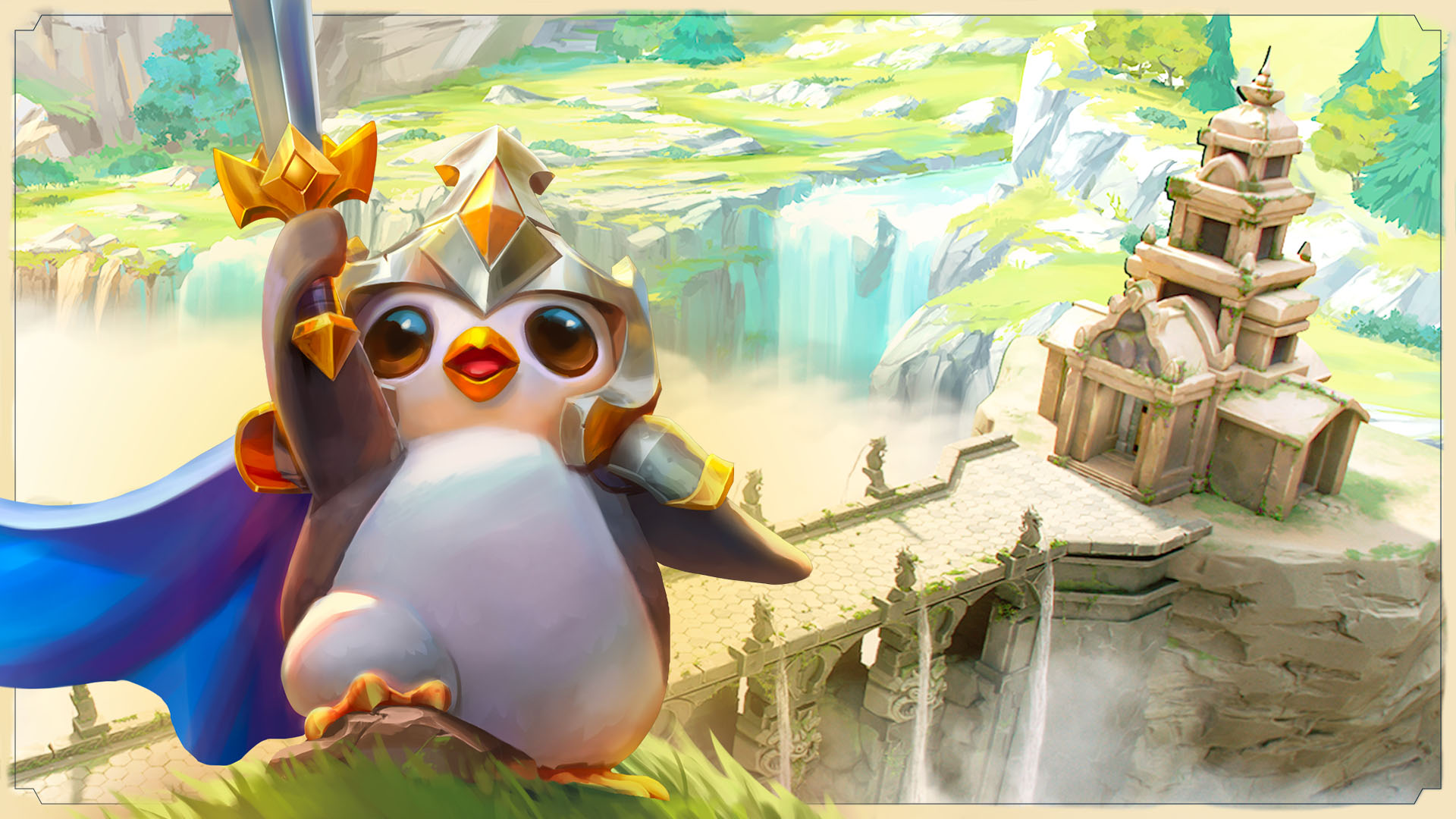
Set 7 was another solid set with the new Dragon mechanic. This mechanic somewhat built upon Lux in Set 2, but with more twists.
Set Mechanic: Dragons
Set 7 saw the introduction of Dragon units. These Dragon units took up 2 board slots, were very powerful, and also costed more than regular units.
Set 8: Monsters Attack!
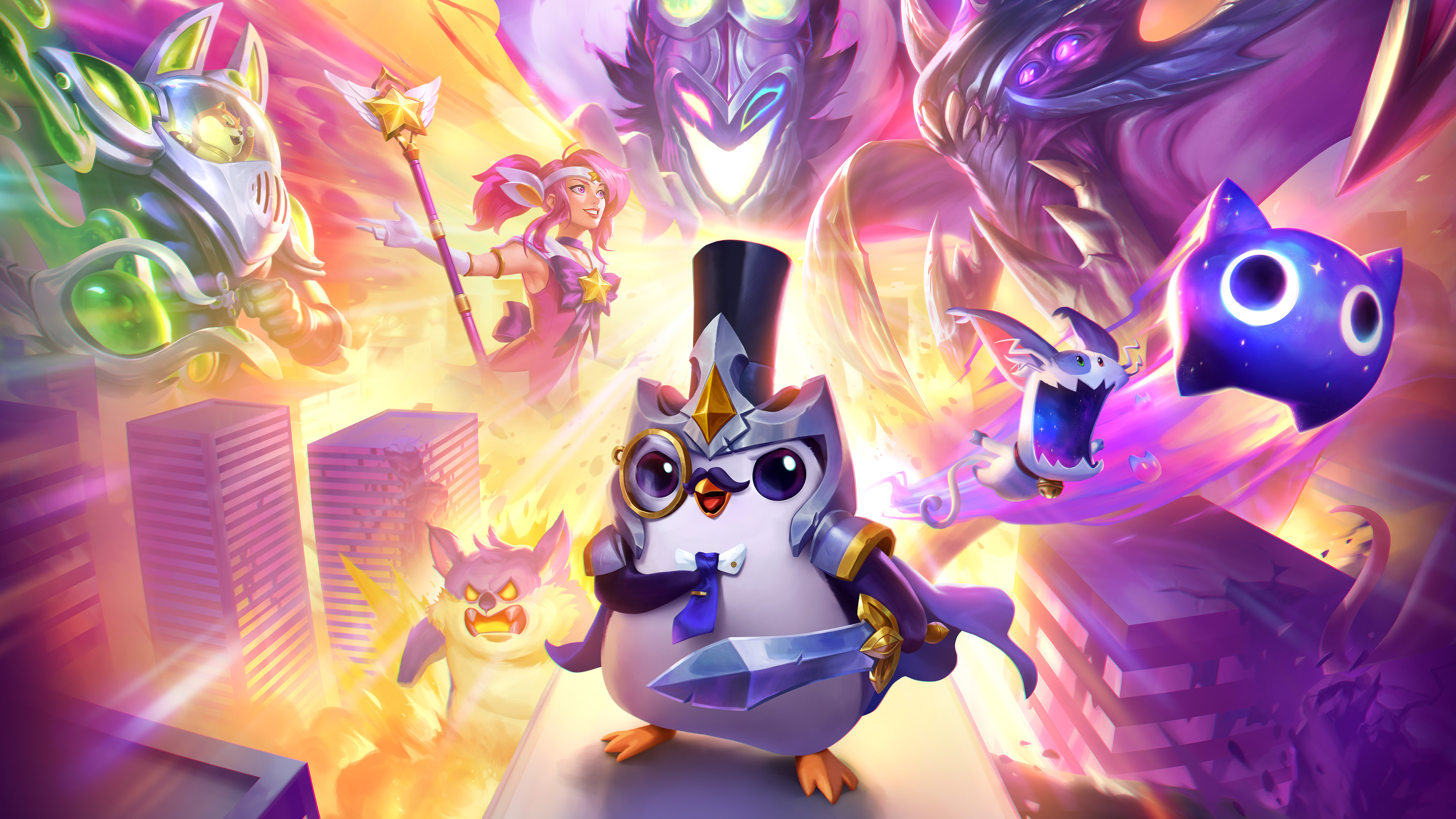
Set 8 built upon the Augment mechanic introduced in Set 6. While other small game adjustments were made, the major mechanic was centered around the Hero Augments.
Set Mechanic: Hero Augments
Hero Augments were Augments specifically designed for each champion. Each unit would have 2 Hero Augments to choose from: One being carry oriented, and the other being support oriented. One of your three Augment selections will be replaced with Hero Augments, and the cost of units you can choose from depending on when in the game they were given.
For example, if you got a Hero Augment as your first Augment, you’d only see 1 or 2-cost units. If it was the last Augment, you’d be able to pick a 4 or 5-cost Hero Augment.
Set 9: Runeterra Reforged

Set 9 is still very recent and there’s no shot it’s coming back in January. Even still, here’s a recap of the mechanics we saw added to the game.
Set Mechanic: Region Portals and Legends
Set 9 built upon the Galaxies mechanic by adding in Region Portals. Similar to Galaxies, these portals would add a special effect to the game. Players were able to vote for which portal they wanted to play at the start of the game (from 3 random portals). Some portals greatly changed the game (like The Sump) while others only slightly affected it.
Furthermore, Set 9 added the Legends mechanic. By selecting a Legend before the game, you could guarantee that one of your Augments would be a Legend Augment. This lowered the variance of games by allowing you to predetermine some of your Augments.
Closing Words
With the Set Revival coming in January, Set 3.5 will be making it’s return as a playable game mode. This will definitely bring a lot of players back to the convergence. We won’t have too much time to enjoy Set 3.5, but there will be more exciting updates for TFT afterward.
Thanks for reading! Be sure to check out our meta team comps page, or head to our Team Builder to try and come up with your own comps.
Subscribe to our newsletter:
Don’t miss out on all of the latest TFT content!
 Download APP
Download APP Collapse
Collapse